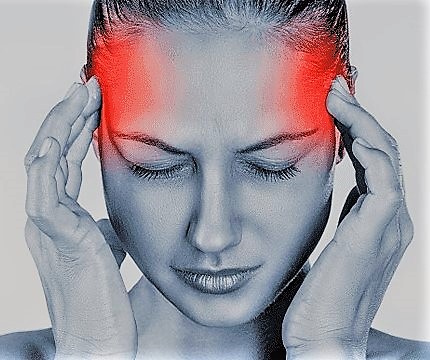Vertigo Explained in 90 sec
Dizziness and Vertigo are very common conditions that patients present with at our Chiropractic Clinics. The most common type we see is Cervicogenic Vertigo, which is related to a mechanical problem in the upper part of the neck. There are a few specific questions and some orthopaedic tests required to diagnose the type of Vertigo a patient has, and there is a specific treatment protocol to treat it. Cervicogenic Vertigo is often associated with some of the following; headache nausea vomiting ear pain or ringing in ears neck pain loss of balance while walking, sitting, or standing weakness problems concentrating Click below for; Dr Lamp explains Vertigo in 90sec.
Cervicogenic Headaches

Cervicogenic Headache Headaches are extremely common in today's society, and while you may consider them a normal part of life, they don’t need to be. Infact, they are a sign your brain has reduced oxygen supply. Cervicogenic HA’s are the most common form of Headache Headaches can come on after trauma, but are more commonly the result of years of poor posture. A human head weighs approximately 5 kg and when the head is forward that weight increases exponentially the forces in our neck and its joints. Cause: Over time, forces on the neck squash the synovial fluid (joint lubricant) out of the joints of the cervical spine. Eventually the fluid in the joints decrease to a point where the joints can scratch together (this causes neck pain). Your body responds by tightening up the muscles over the joints to limit joint movement thereby limiting the scratching within the joints. Because a tight muscle is thicker than a loose muscle, extra pressure gets placed on the blood vessels taking oxygen to your brain. Like squashing a hose this restricts the blood flow with oxygen to the brain and that's what a cervicogenic headache is. Treatment: Our treatment process
